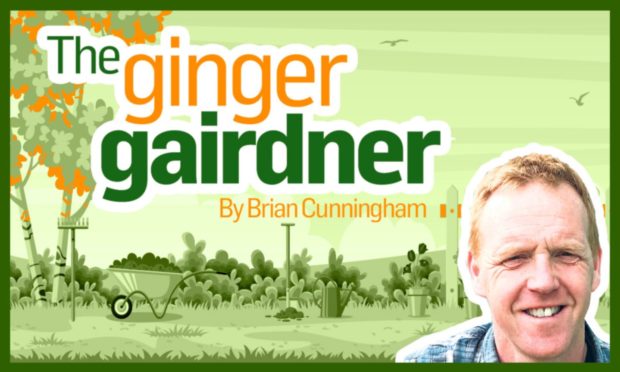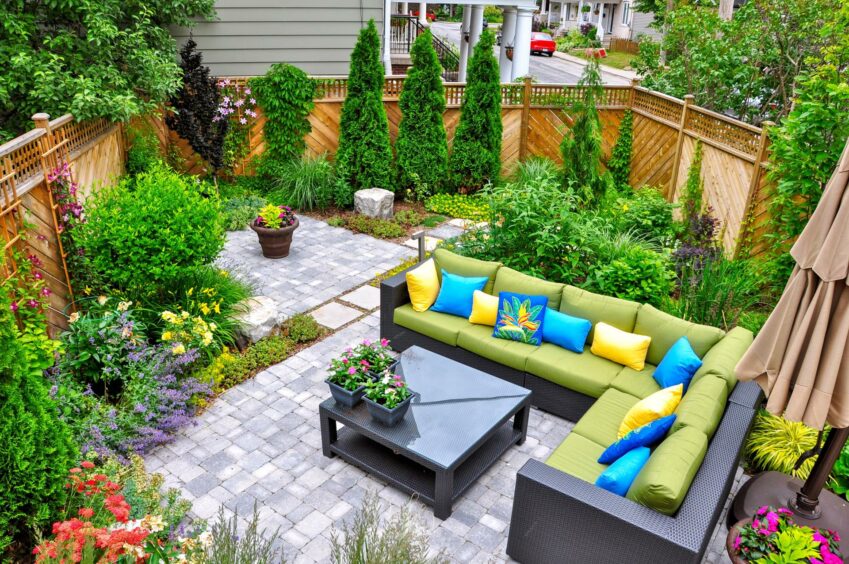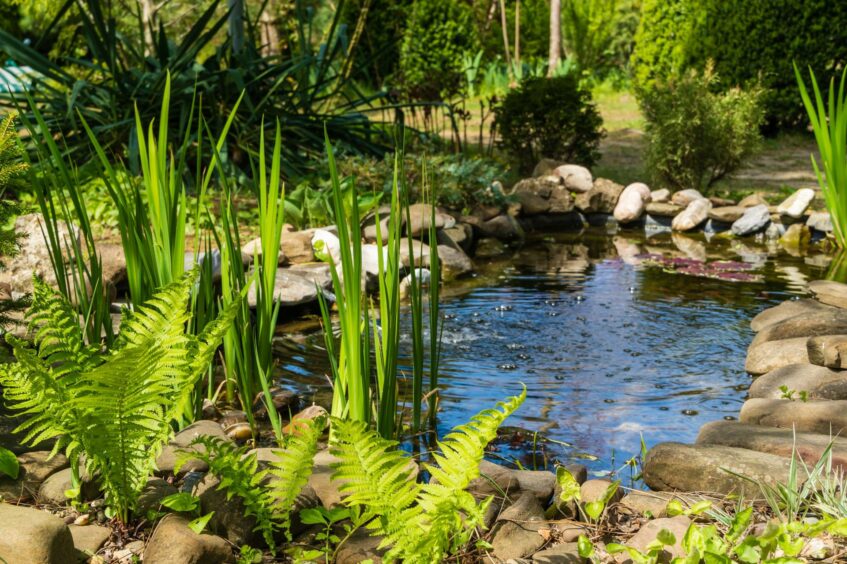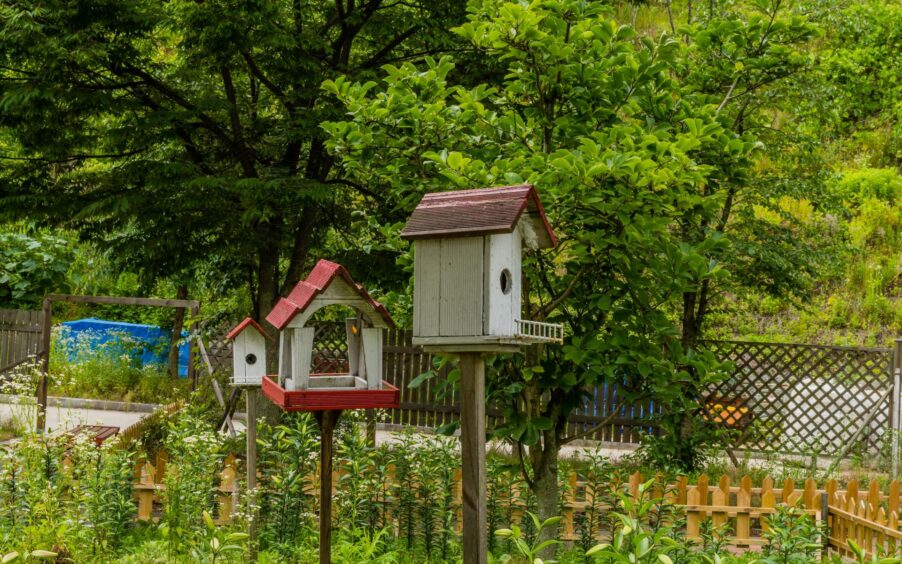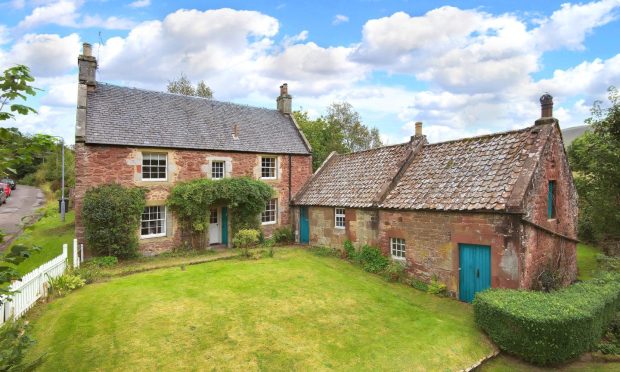I suspect there are a lot of gardeners right now in a similar position as myself, chomping at the bit to get going on a new project. Or two!
Possibly a new pond that will benefit wildlife or an alpine garden full of plants normally found growing on the tops of mountains.
This might be the year where you convert a wee corner of your lawn into a veg plot growing more of your own.
Or maybe if you’ve the room just keeping it nice and simple with a selection of fine garden trees and a mini arboretum, under planted with bulbs and wildflowers allowing your grass to grow freely.
The start of project feeling I always get, full of anticipation and excitement, is such a great natural high for me.
Those golden moments
It’s maybe only matched later on in a summer’s evening, just when the sun’s going down and the air warm and still, looking over what I’ve created with a sense of satisfaction.
I hope that’s the feeling we all get to experience and not one of disappointment with the plants we’ve invested all our time and money on looking poor and sad or even worse, not surviving at all.
In situations like this one reason could be the aftercare given to your design once all planted up.
Perhaps you’re not getting the watering correct, a task that can be a challenge for both inexperienced and experienced gardeners.
A plants irrigation requirements can be affected by a few things, whether they’re growing outdoors or under glass, in a container or in the ground.
It might have not stopped raining for days which makes things straightforward.
But when it’s hot and sunny and the wind is also blowing, the ground or growing medium can dry out really quickly.
Always be water wise
My advice would be to constantly be aware of watering, think about this daily which in time will soon turn into a natural instinct.
If you open the curtains in the morning to see it pouring down with rain and puddles on the ground, you’ll tick the box in your head that says “won’t need to water today then”.
However I would be on alert if I have a load of recent plantings come mid-May and it hadn’t rained for a few days.
Then I’ll be checking the soil or compost with my fingers to feel how wet it is.
It’s also worth checking a few centimetres down nearer the roots too. Look to see what colour the soil or compost is, if it’s light it often means it’s dry, and time to get the watering can out.
Mulch really matters
In my eyes, the most valuable task us gardeners can do is mulching.
Add a layer of compost a couple of inches/7 cm thick on the surface of the soil around the plant every time you put a new one in the ground.
If possible, do larger areas such as beds and borders once a year in early spring.
Make sure a new planting is watered first before mulching, or when the soil outdoors is wet if doing larger areas.
A layer of garden or home-made compost, leave mould or composted bark, will help trap moisture in the soil making it longer to dry out.
This will also do the job of suppressing weeds seedlings make your life a wee bit easier too for the rest of the summer.
Gardeners also have a saying, “ right plant for the right place” which is always worth remembering.
What’s meant by this is that you won’t make life easy for yourself if you garden on a wet and heavy soil trying to grow plants like lavender.
It originally comes from the Mediterranean and likes lighter, well-drained soils with a bit of heat.
Do your research
It’s a good idea to do a bit of research learning and understanding your own garden soil first before splashing out on new plants.
A simple DIY soil testing kit can be purchased to test the acidity of your soil, the result helping to guide you towards the correct benches in the garden centre.
To be able to grow the widest range of plants, we look to have soil with a pH range of 6.1 to 7.0, this generally means the nutrients plants need to grow healthily are readily available here.
Lower than this means you have acidic soil suited to growing plants like rhododendrons and camellias, while higher than this suggests alkaline soil.
That’s great if you are a veg grower keeping troubles like club root at bay from your cabbages, sprouts and cauliflower plants.
Know your soil type
Different types of soil also influence how we garden. Sandy, free draining soils are light and gritty to the touch while clay soils can feel heavy, sticky when wet and are poor for draining water away.
In both cases our soil can be improved with the addition of the same organic matter mentioned above.
Incorporated into clay it helps break up those clods, opening the soil up and making it easier to work with. It has the opposite effect on sandy soils helping to glue it together improving its water holding capacities.
It’s clear the next job I’m needing to get on with is starting off my own home-made compost heap.
